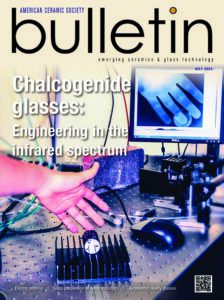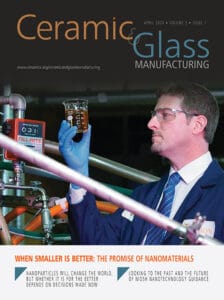
Heli Jantunen holds a professorship in Technical Physics at the Faculty of Information Technology and Electrical Engineering, University of Oulu, Finland. She is also a visiting professor of Advanced Materials Department K-9 at Jožef Stefan Institute.
Jantunen has two M. Sc. degrees, in Astronomy and Physics from the Faculty of Sciences (1982) and in Electrical Engineering from the Faculty of Technology (1989), University of Oulu (Finland). In 1999 after returning to the university from industry after a 10-year period being e.g., the founder and Managing Director of SME developing and producing RF components based on electroceramics, she earned her Dr. Tech. (Electrical Engineering) in 2001 and was nominated as a full professor in 2006.
Jantunen’s research has spanned over multitude of domains of industrial significance, ranging from high-frequency applications, energy harvesters, sensors, and multifunctional micro modules to modern manufacturing methods like printed electronics. In particular, she is interested in electroceramics and related composites for the above-mentioned application areas. Her research has been awarded and funded by a list of funding agencies, such as Business Finland, Academy of Finland, NiCe, EU, ERA.Net, and ERC Advanced Grant with two ERC POCs. She is an inventor of 77+ patents and has ~300 peer-reviewed scientific publications.
Jantunen has served as a member of the Research Council for Natural Sciences and Engineering, the Academy of Finland, and the General Chair of the Scientific Advisory Board of Defense. She has been an Academician Member of the World Academy of Ceramics since 2013 and received the Nokia Foundation Recognition Award (2018), the Innovation Award for Women by the Finnish Parliament (2019), and the Finnish Science Award by the Ministry of Education and Culture. In 2023 she received the honorary title of Science Academician of Finland granted by the President of the Republic.
TITLE: Towards sub-THz telecommunication: Advantages with ultra-low permittivity dielectrics
Ultra-low permittivity materials are of paramount importance for 6G telecommunication systems. When the low losses are reached at the same time, they enable the efficient propagation of signals at extremely high frequencies, reduce signal loss, enhance antenna performance, and contribute to overall efficiency and reliability. As the demand for faster and more reliable wireless communication continues to grow, the development and utilization of these materials will be critical to realizing the full potential of 6G technology.
This lecture will review the advantages the low-loss and low-permittivity dielectrics can provide as well as the current situation with the materials available. Some recent approaches for low-loss and low-permittivity materials for sub-THz frequencies to be presented involve ceramics, polymers, and wood-based composites for antenna substrates and radio lenses with permittivity values well under 4 and losses ~10-3. The importance of surface smoothening to decrease the air-lens reflection to improve the antenna gain, the achievable total transmittance, and the fabrication methods to realize different lens shapes are also discussed.
Subscribe to Ceramic Tech Today

Don’t miss the latest ceramic and glass materials news. Receive the CTT newsletter to your email three times a week by subscribing at this link.
Subscribe to Ceramic & Glass Manufacturing Weekly

Don’t miss the latest ceramic and glass business news. Receive the C&GM Weekly newsletter to your email every Monday by subscribing at this link.


